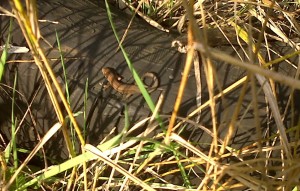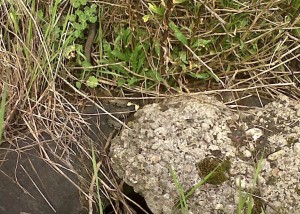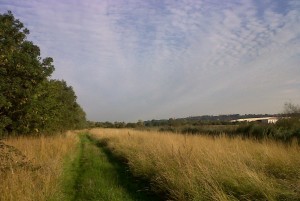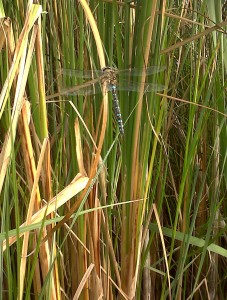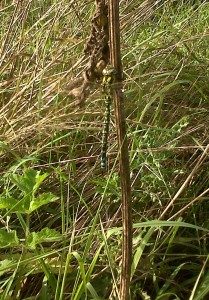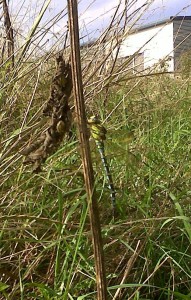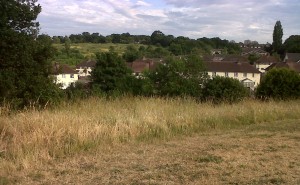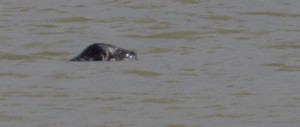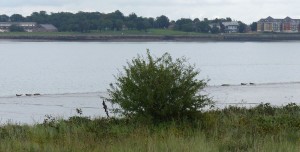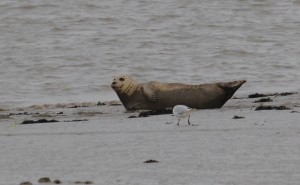As a new contract for grounds maintenance went out to tender, we have discovered that the Trees and Nature Conservation Manager in the Parks and Open Spaces section ‘was never part of this process’ . Nor has there been any prior consultation with hands-on wildlife site management volunteers. In our view this is yet more evidence that Bexley Council is failing to properly embed biodiversity considerations into all its activities (as it is legally required to do), even one with as fundamental an impact as this.
Let’s face it, these operations have the greatest day-to-day potential to enhance or diminish biodiversity in the Borough of all Council-funded activities, have repeatedly been a major source of controversy resulting in adverse media coverage for the Council, and some of these problems have arisen where volunteers are already doing habitat management so were wholly avoidable. Moreover, the Council Leadership is on the record as saying that budget cuts will require a greater reliance on volunteer help. This ought to imply a two-way relationship that takes into account local expertise – to everyone’s benefit – and not a ‘we’ll carry on doing what we want regardless, and you can just do what we say for no pay’ approach.
Couple this with the outcome of Bexley Natural Environment Forum’s recent FOI request which revealed that only 1 in 5 Sites of Importance for Nature Conservation in Bexley that are wholly or partly owned by the Council have a management plan, and almost all of those that do exist are several years out of date, and you are left feeling extremely worried about the ability of the Council to join up the relevant dots so as to be able to ‘manage’ these sites appropriately. Amongst other things it is essential that the terms of the new grounds maintenance contract give it the power and, importantly, the flexibility to vary management regimes and, in particular, make them more nuanced, if we are going to get the best deal for wildlife over time.
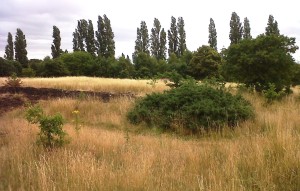
80% of Sites of Importance for Nature Conservation in Bexley, such as this one at Barnehurst Golf Course, do not have a management plan. Now, alarmingly, we find that a revised grounds maintenance contract has been put out to tender, apparently without any biodiversity or nature conservation input. (Photo: Chris Rose)
The background to this story is that up until the end of 2014 the Bexley Natural Environment Forum Chair and Vice-chair had been having quarterly ‘Biodiversity Matters’ meetings with the two Council officers dealing with nature conservation in the open spaces and planning arenas (which meetings then dried up, with no explanation from the Council side), one of the latter of which touched on the fact that the grounds maintenance contract would be reviewed and put back out to tender for 2016 onwards.
Having heard nothing more, we wrote to a relevant Council officer on 22nd June 2015 as follows:
Dear [Officer],
It is our recollection that at one of our ‘Biodiversity matters’ meetings there was a discussion about the fact that the Council would be reviewing the grounds maintenance contract options with a target date of 2016.
Vegetation management in relation to wildlife conservation considerations has become a contentious issue on a number of occasions over the last few years, including this spring. We are further under the impression (though have not checked our own notes, and they may not give an answer anyway) that we expressed an interest in being able to make constructive suggestions regarding any draft or proposed changes.
Could you kindly let us know what progress has been made on this and whether there has been, or is likely to be, any consultation with relevant Friends Groups and/or BNEF, as your comments recently about the possibility of positive changes along the Shuttle suggests that you have already done at least some detailed work on this matter.
Thanks, Chris Rose. V-c BNEF.
In any event, BNEF has continued to argue during the protracted budget cuts ‘consultation’ process that properly informed and suitably targeted reductions in grounds ‘maintenance’ could both save money and enhance wildlife, so it has long been clear that we have an active and constructive interest in the issue.
After a couple chase-up reminders we received a reply on 30th July telling us that ‘the grounds maintenance contract has been out this summer and was returned at beginning of July, with the returns now being evaluated‘. It stated that the Trees and Nature Conservation Manager ‘had never been part of this process‘ (it transpires that they now spend most of their time dealing with the tree section). Moreover ‘there has not been and neither will there be any consultation on this contract with any group.’
Unsurprisingly we were told that ‘depending on the rates proposed by the winning tender it is likely that further changes to grounds maintenance will be required to enable the Council to meet the budget, which not only will be lower than in recent years (especially if we are not able to progress the small sell off programme outlined to the public last year) but we also know that the new contract rates will be considerably higher than those we currently receive from our existing contract. So it is likely that further significant changes will be required to schedules.’
All of which we still consider can deliver a net gain for biodiversity AND bio-abundance, IF DONE IN A WAY THAT TAPS INTO THE AVAILABLE RECORDS AND LOCAL EXPERTISE ABOUT THE DETAIL OF WILDLIFE ON SPECIFIC SITES. So it comes as a minor relief that one of the relevant officers has expressed a willingness to consult on management of at least ‘high profile sites’, or at least give some forewarning of what is proposed.
BNEF replied on August 17th asking if anyone else with biodiversity expertise had been involved in the contract revision, but have yet to receive a reply. We also said:
‘[We are] dismayed that as Nature Conservation Officer you were not party to the discussions ……. given that grounds maintenance has one of the biggest day-to-day impacts on biodiversity of all the things the Council has power over. Unfortunately, I can’t say I’m surprised. Was there any input from …. anyone else with any recognised,preferably wide-ranging, biodiversity expertise whatsoever?
We obviously didn’t expect to be involved in the legal side of things but could, perhaps, have made a useful contribution in regards to ways in which our agenda and that of saving money could have best been matched up in terms of the objectives set, the monitoring of the outcomes and the possibilities of trying to increase volunteer support for these.
…… If there is scope for consultation over the fine detail of at least some sites that would be welcome. I am currently working on a paper with suggestions for modest tweaks to the management of various SINCs, but have been waylaid by having to prepare responses to various other stuff.
Chris Rose. Vice-chair BNEF’
______________________________
Chris Rose

